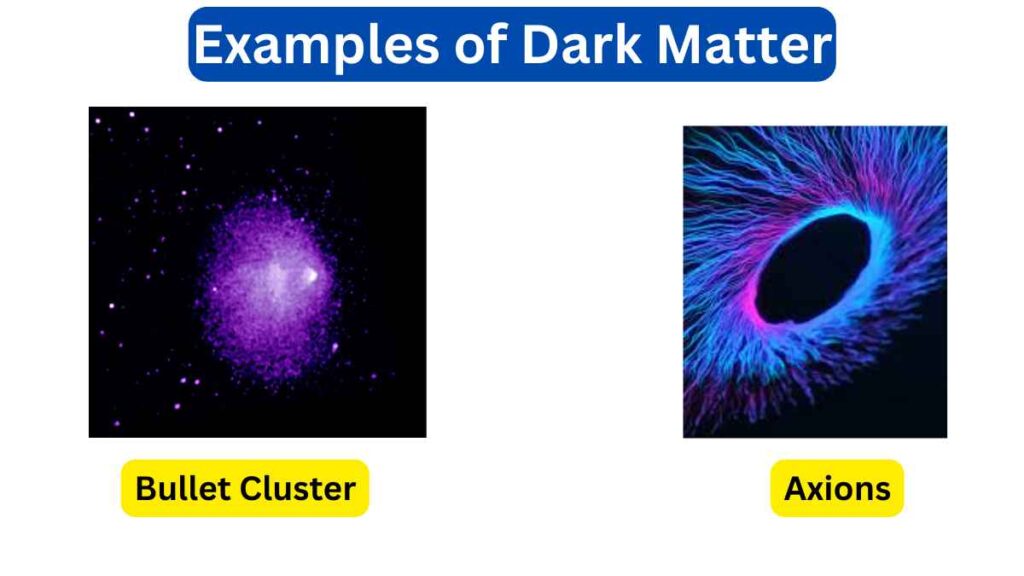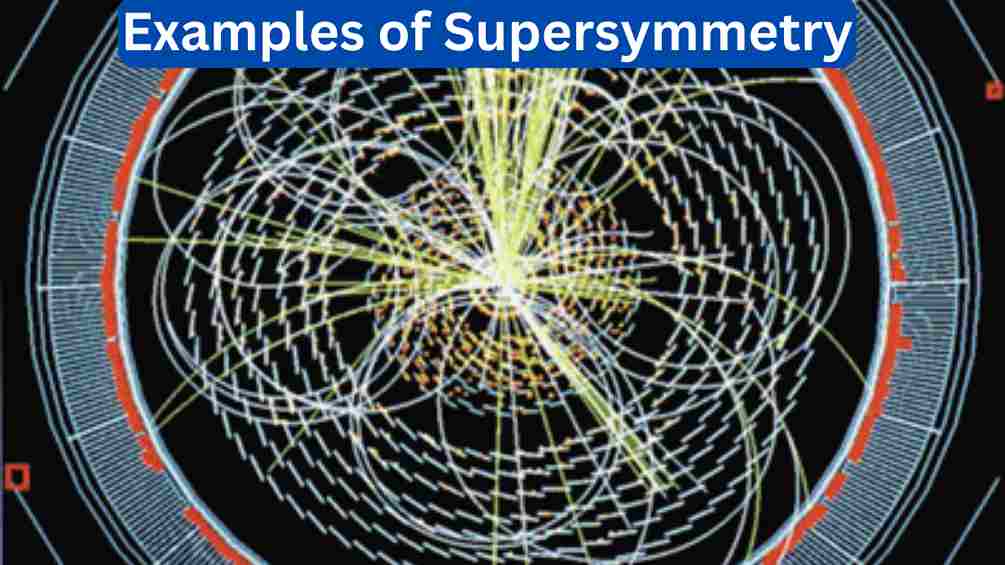10 Examples of Dark Matter
Dark matter is a mysterious and elusive form of matter that does not emit, absorb, or interact with electromagnetic radiation (such as light) in the way that normal matter does. It’s primarily detected through its gravitational effects. Examples of dark matter include Galactic Rotation Curves and Bullet Cluster
Examples of Dark Matter
Here are 10 examples of dark matter.

1. Galactic Rotation Curves
Dark matter was first proposed to explain the discrepancy between observed galactic rotation curves and those predicted by the visible matter in galaxies. The high orbital velocities of outer stars in galaxies suggest the presence of unseen mass.
2. Gravitational Lensing
Dark matter’s gravitational effects cause gravitational lensing, bending light from distant objects as it passes through regions with high concentrations of dark matter. This phenomenon helps astronomers map the distribution of dark matter in galaxy clusters.
3. Cosmic Microwave Background (CMB)
The cosmic microwave background is radiation from the early universe. Tiny fluctuations in the CMB provide evidence for dark matter’s existence and help constrain its properties.
4. Large-Scale Structure
Dark matter is a key driver of the cosmic web, the large-scale structure of the universe. Its gravitational pull influences the distribution of galaxies and galaxy clusters.
5. Bullet Cluster
The Bullet Cluster is a famous example where the visible matter (hot gas) and dark matter have been observed to separate during a collision of galaxy clusters, providing direct evidence of dark matter’s existence.
6. Dark Matter Halos
Dark matter is thought to form extended halos around galaxies. These halos contain the majority of a galaxy’s mass and are crucial for galaxy formation and stability.
7. Axions
Axions are hypothetical elementary particles that could make up dark matter. While they have not been detected directly, they are a prominent candidate and the subject of ongoing experiments.
8. Weakly Interacting Massive Particles (WIMPs)
WIMPs are another leading candidate for dark matter. These particles would interact very weakly with other matter and are actively being searched for in underground experiments.
9. Modified Gravity Theories
Some modified gravity theories, like Modified Newtonian Dynamics (MOND), propose alternatives to dark matter to explain galactic rotation curves. However, these theories face challenges in explaining larger-scale observations.
10. Dark Matter Searches
Scientists are conducting various experiments and observations, such as those involving underground detectors, particle colliders, and astronomical surveys, to directly or indirectly detect dark matter particles and learn more about their properties.
These examples demonstrate the diverse ways in which dark matter manifests in the universe and the ongoing efforts to understand its nature and significance in the cosmos.

 written by
written by 





Leave a Reply